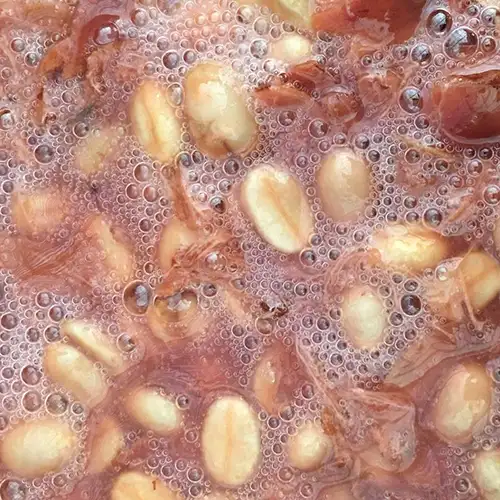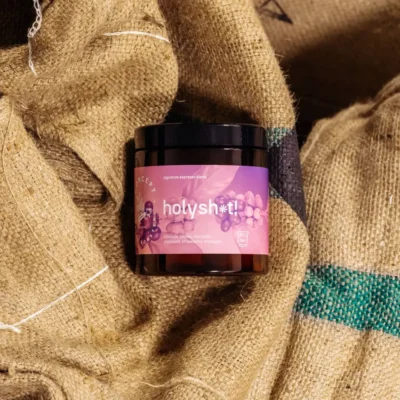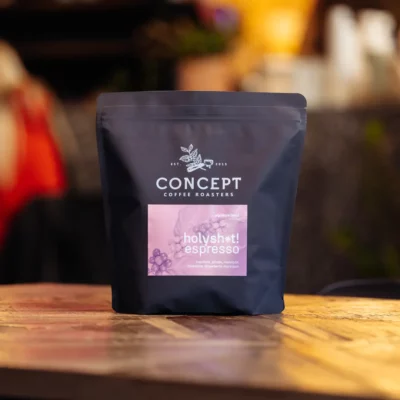Cultivation
Farming methods in the region remain largely traditional. Yirgacheffe farmers typically intercrop their coffee plants with other food crops. This method is common among smallholders because it maximizes land use and provides food for their families. In addition to remaining traditionally intercropped, most farms are also organic-by-default. Farmers in Yirgacheffe typically use very few – if any – fertilizers or pesticides. Most farm work is done manually by the immediate family. To capitalize on the magnificent climate, that station provides training to help farmers produce better quality cherry. Training focuses on procedures for harvesting and transporting cherry.
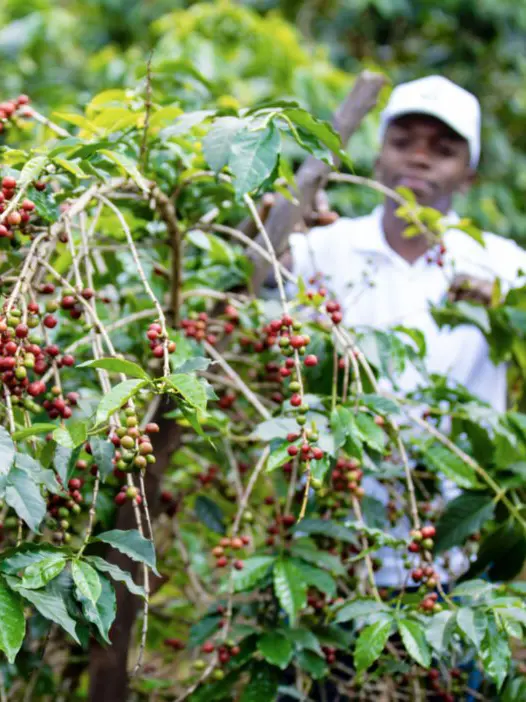
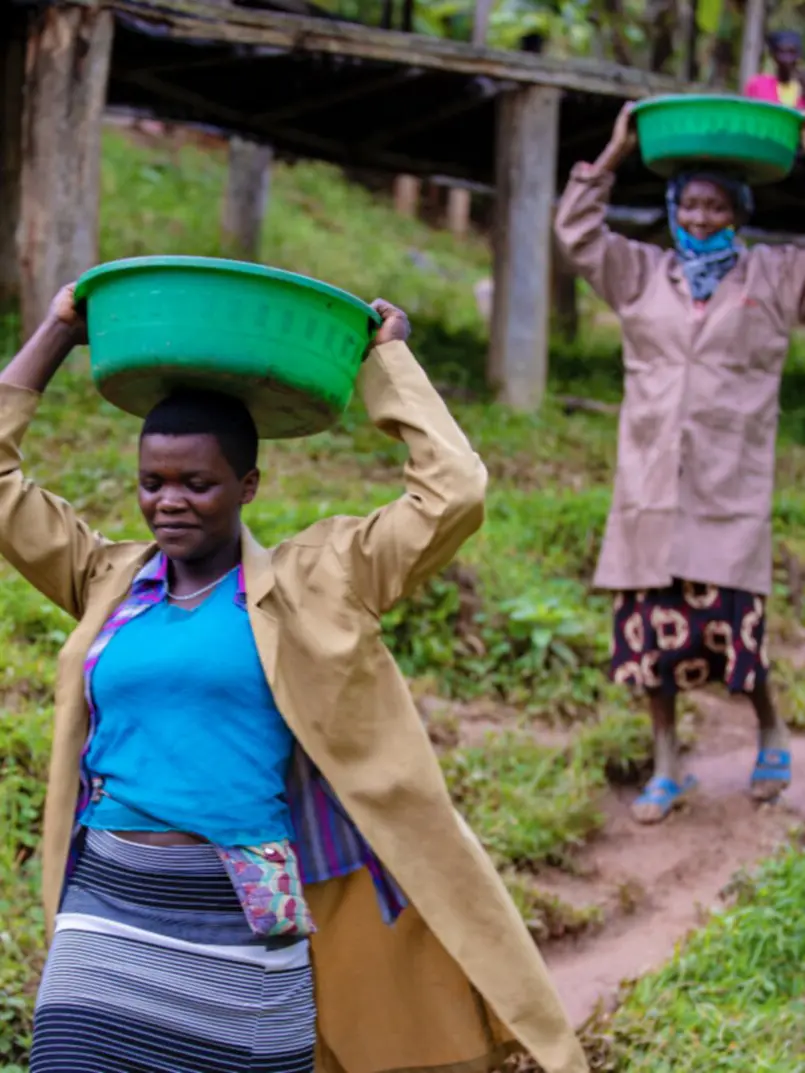
Harvest & Process
Farmers selectively handpick cherry and deliver it to the washing station. At intake, employees hand sort incoming cherry to remove any underripe or damaged cherry. Cherry is then pulped and fermented for 120 hours in the station’s 12 standardized fermenting tanks. After fermentation, parchment is washed in clean water and transferred to some of the station’s 280 raised drying beds. Parchment is raked frequently to ensure even drying. It takes approximately 18 days for parchment to dry. The station marks all drying beds with a code that makes it simple to keep track of traceability and processing status. All accepted cherry is then laid to dry in thin layers on raised beds for approximately 18 days. The station has 280 drying beds. Each bed is marked with a code that makes it simple to keep track of traceability and processing status.
About this coffee
Cupping score: 88.00
Processing station: Koke Station
Producer: 2100 small farmers
Region: Yirgacheffe
Altitude: 2100 MASL
Variety: heirloom
Processing: 120hrs anaerobic natural
Variety
Heirloom – in Ethiopia is often to refer to varieties that are native to the country, many of which are still found in the wild today.
Natural processing
Fermentation is a chemical process whereby carbohydrates, such as sugars are broken down into alcohols or acids by microbial activities in the absence of oxygen. While fermentation is, by its nature, an anaerobic process, the term “anaerobic fermentation” refers specifically to fermentation that occurs in a custom-built, oxygen-free environment, such as a sealed container or tank.
